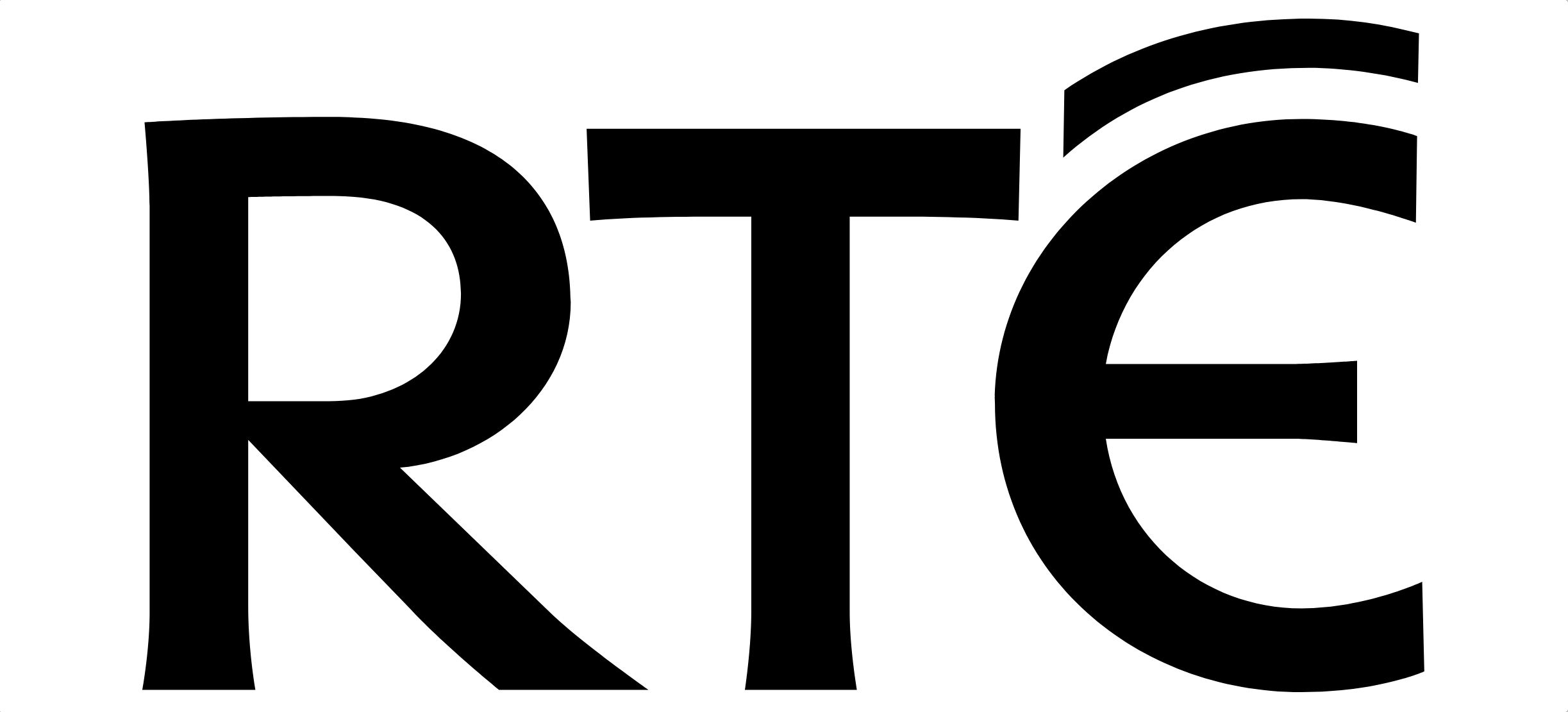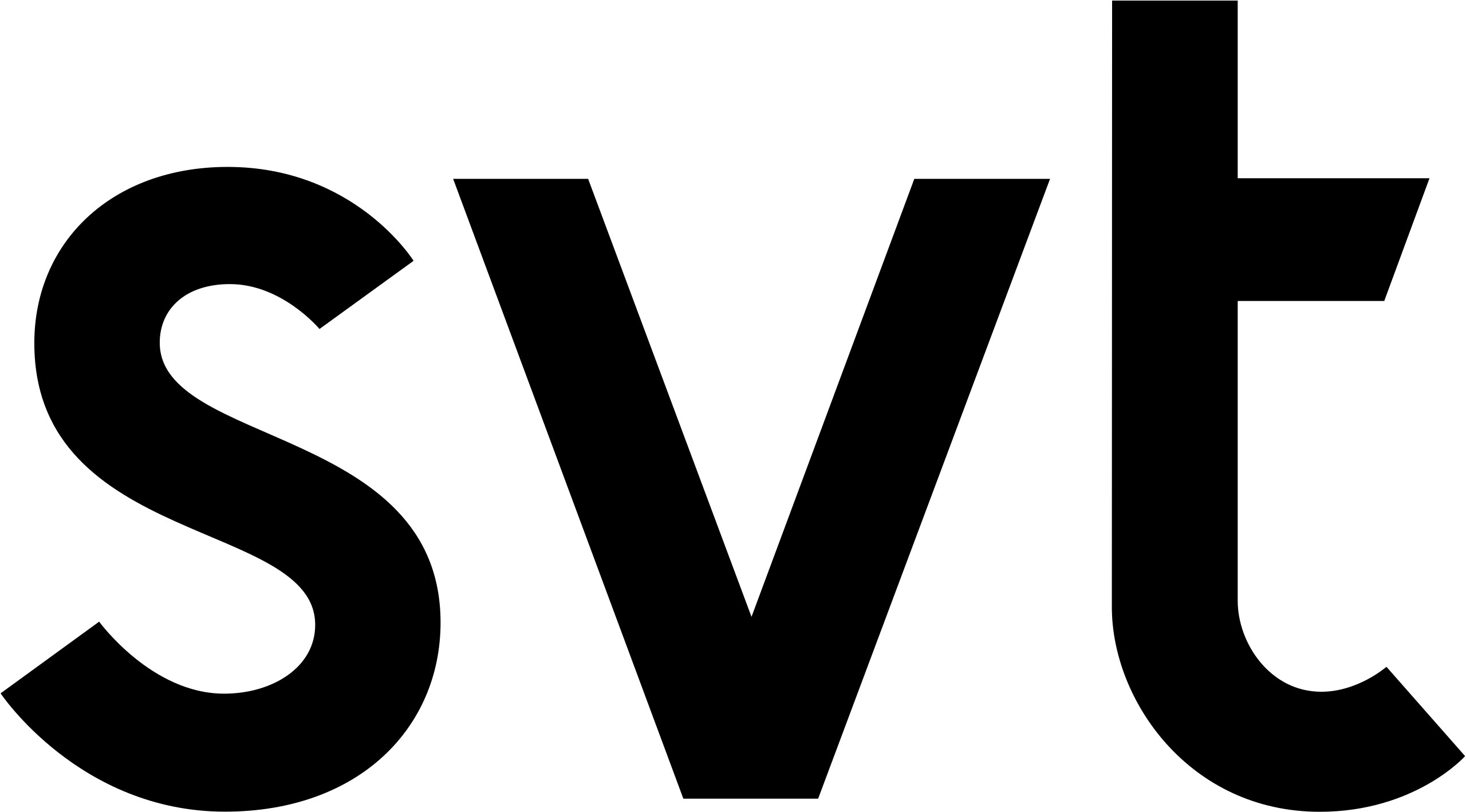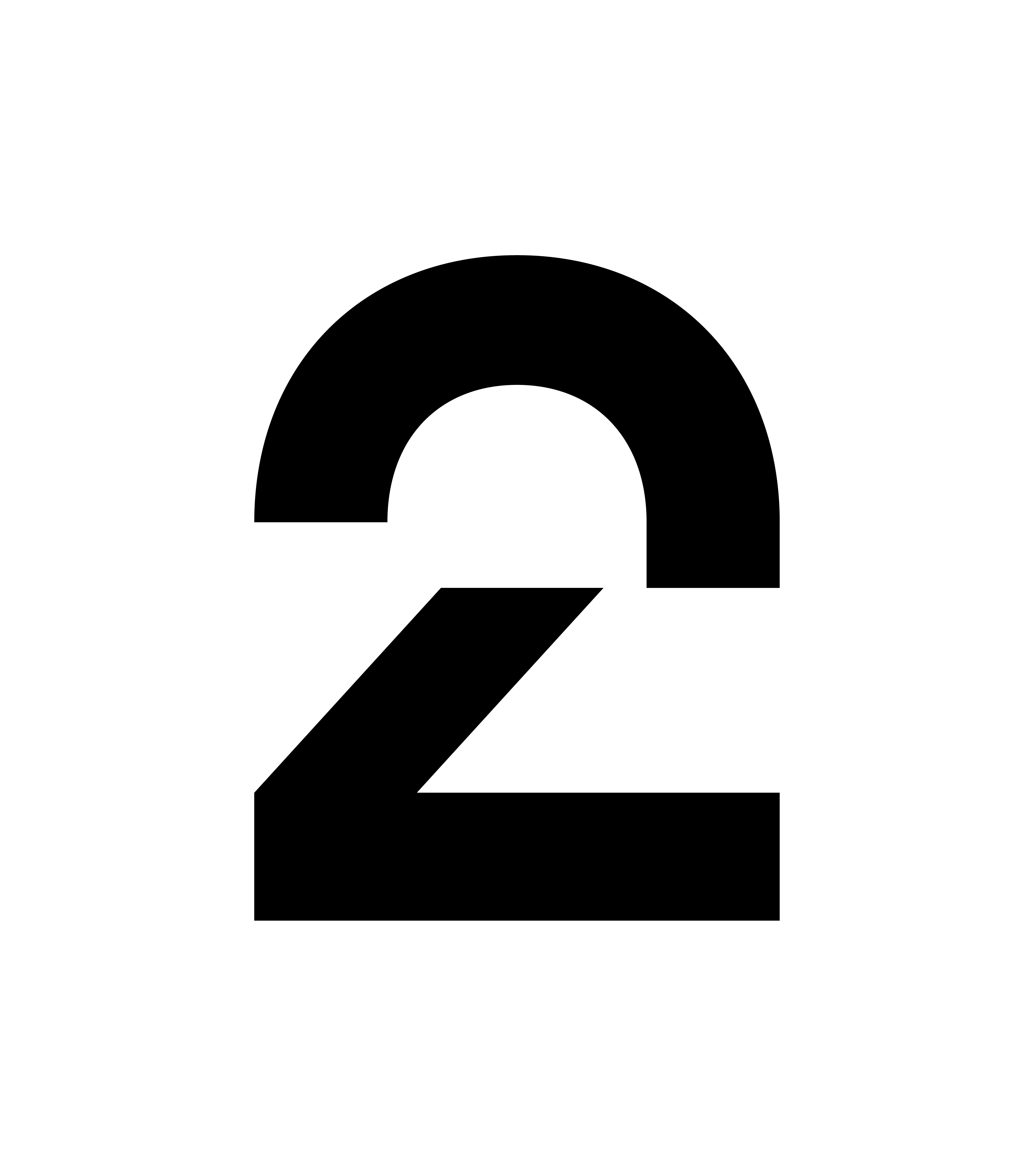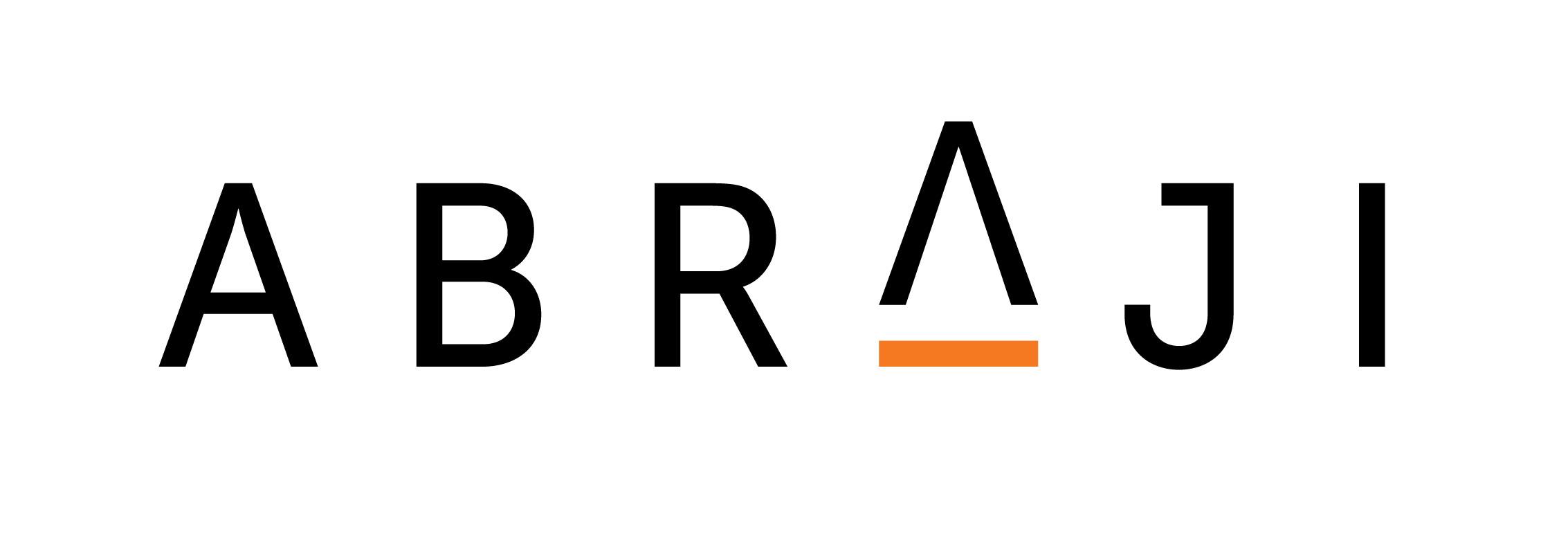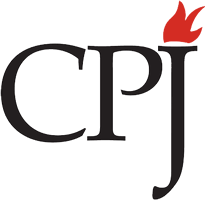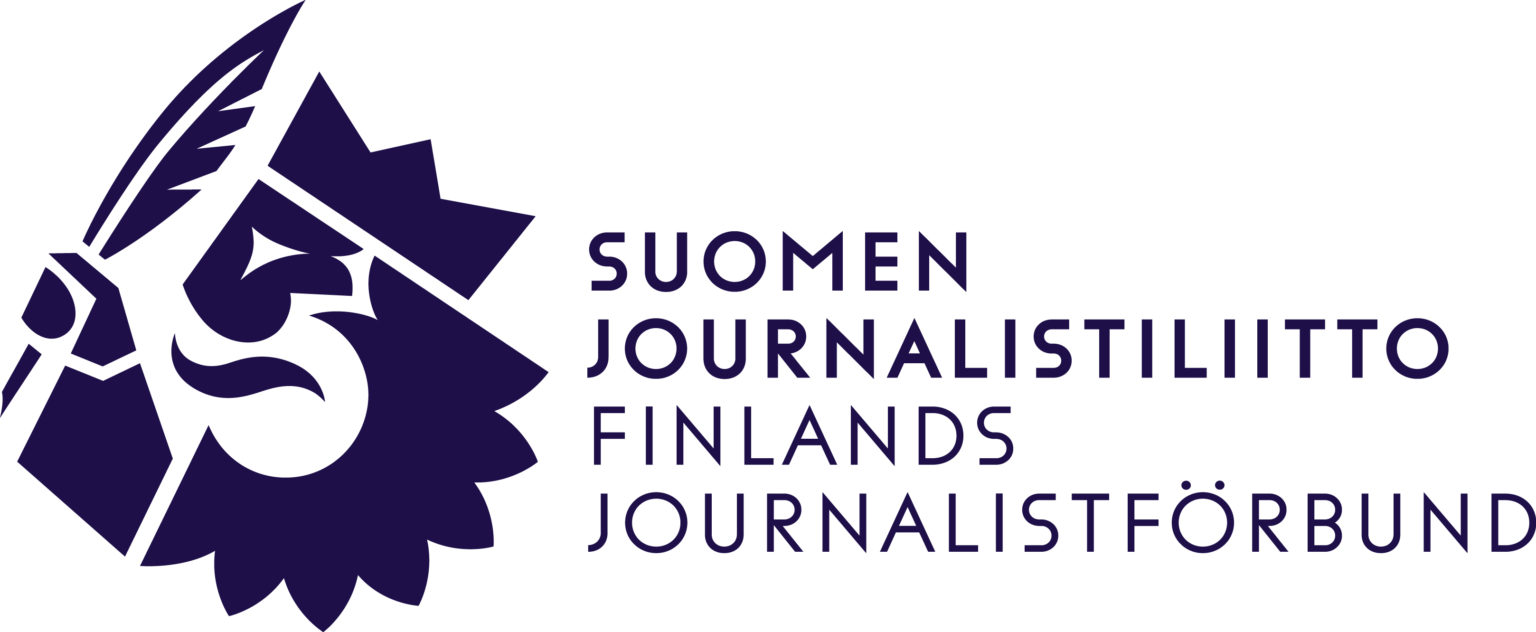In 2017, violence against female journalists increased and the number of women killed in connection with their journalistic work also increased significantly, according to the International News Safety Institute's Killing the Messenger 2017 report. This is a development that has to stop.
This happened the very same year that more women than ever before spoke out against the systematic injustice and abuse that innumerable women have been subjected to. In 2017, 68 journalists lost their lives as a result of simply doing their job – investigating injustices and the abuse of power. Statistics from UNESCO show that a total of 930 journalists were killed between 2006 and 2016. This means that in the past 10 years, one reporter has been killed every four days. It’s an unimaginably high number.
About half of the journalists who were killed in 2017 were working in countries that are not at war, for example Mexico, India and Malta. The statistics also show that in 2017, 13 percent of the journalists killed were women. This is the highest proportion of women killed in comparison with their male colleagues in eight years. It’s a negative development that has to stop.
Behind these gloomy statistics there are individual stories of the women journalists killed in 2017. Shifa Gardi, a pioneer in Kurdish journalism; Gauri Lankesh, who was one of the most high-profile journalists in India; Miroslava Breach, who reported on murders related to Mexico’s drug war. And of course Kim Wall, who worked all over the world and whose life ended so prematurely.
Most often the journalists killed are locals who live and work where the attacks have taken place. But journalists from Sweden have also been subjected to violence. One example is when the Swedish Radio correspondent in Russia, Maria Persson Löfgren, was attacked and beaten last year while working in Ingushetia, Russia.
We have also noted that the threats and attacks on journalists have increased here at home in Sweden. MSB, the Swedish Civil Contingencies Agency, wrote in a report earlier this year that the increased threats and harassment against individual journalists may result in a lack of investigation and reporting in certain areas. This will pose a serious threat to our democracy.
My sincere hope is that change will begin in 2018. I hope that the positive powers and initiatives to make life safer for journalists, both women and men, will gain ground and provide conditions for practicing journalism without any threats or risks.
Cilla Benkö is the Director General of Swedish Radio and an INSI Board member. This article was first published by Swedish Radio.
Image by AFP







































